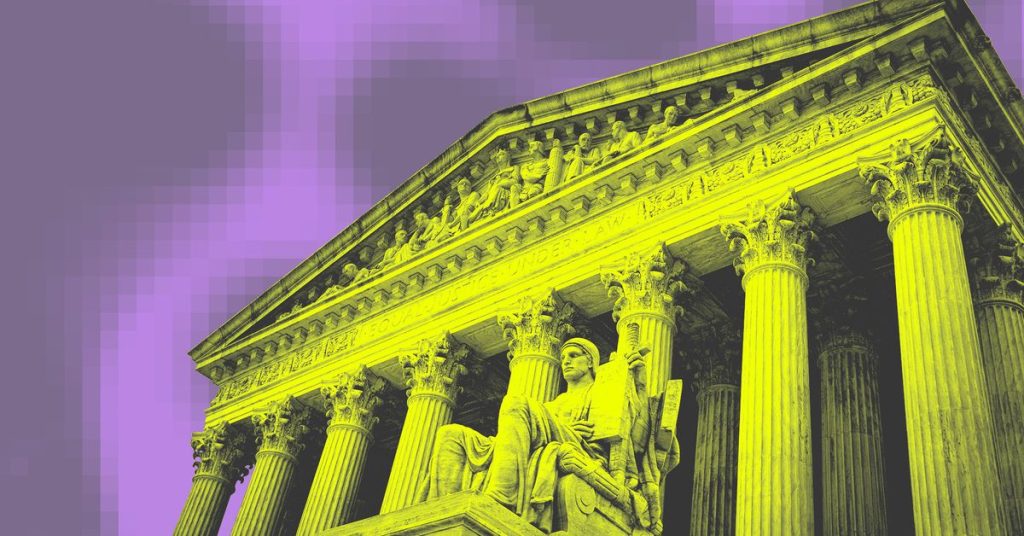Supreme Court Justices Express Skepticism Over Limiting Government Communication with Social Media Platforms
On Monday, the Supreme Court heard oral arguments in a case challenging the Biden administration’s communications with social media companies regarding the removal of problematic content. The case, brought by the attorneys general of Louisiana and Missouri, alleges that the government’s actions coerced platforms to censor viewpoints they disagreed with, violating the First Amendment. The justices must now determine the line between persuasion and coercion.
Hypothetical Scenarios Highlight Concerns
During the proceedings, both liberal and conservative justices posed hypothetical scenarios to illustrate their concerns about the potential consequences of limiting the government’s ability to communicate with tech platforms:
- Justice Ketanji Brown Jackson described a social media challenge encouraging teens to jump out of windows, asking if the government could declare a public emergency and encourage platforms to remove the instigating information.
- Chief Justice John Roberts followed up on Jackson’s hypothetical, questioning whether encouraging platforms to take down dangerous content rises to the level of coercion.
- Justice Amy Coney Barrett presented a scenario in which Louisiana state government officials were doxxed and threatened on social media, asking if it would be appropriate for the FBI to encourage platforms to remove the messages.
Comparing Government-Platform Interactions to Press Relations
Some justices drew comparisons between the government’s interactions with social media platforms and its dealings with the press. Justice Brett Kavanaugh noted that government press people regularly engage with and sometimes berate the media. Justice Elena Kagan shared her own experiences encouraging the press to suppress speech, stating:
Like Justice Kavanaugh, I’ve had some experience encouraging press to suppress their own speech. You just wrote a bad editorial — here are the five reasons you shouldn’t write another one. You just wrote a story that’s filled with factual errors — here are the 10 reasons why you shouldn’t do that again. I mean this happens literally thousands of times a day in the federal government.
Questioning Causal Links and Injunction Scope
The justices also expressed doubts about the causal link between the government’s messages to tech platforms and subsequent moderation decisions. Justice Kagan pointed out that many things could happen in the two-month period between a government communication and a platform’s action. Additionally, Justice Neil Gorsuch criticized the “epidemic” of “universal injunction[s],” questioning the broad scope of the lower court’s remedy.
Friendly Questioning from Conservative Justices
The states received more supportive questioning from conservative Justices Samuel Alito and Clarence Thomas. Thomas asked if the states could make their case even without proving coercion if they could show government coordination with the platforms. Alito attempted to steer the discussion back to the states’ argument that coercion is a more flexible standard, taking into account the entire course of the government-platform relationship.
According to The Associated Press, a decision in this case is expected by early summer. The outcome will have significant implications for the boundaries of government communication with social media companies and the interpretation of the First Amendment in the digital age.

4 Comments
The Supreme Court’s skepticism could really throw a wrench in the works for controlling tech giants, no
So the Supreme Court’s playing hard to get with social media rules, huh
Could this be the beginning of a tech titan free-for-all? Only time will tell.
Is the Supreme Court hinting at a hands-off approach to big tech, or are we reading too much into it